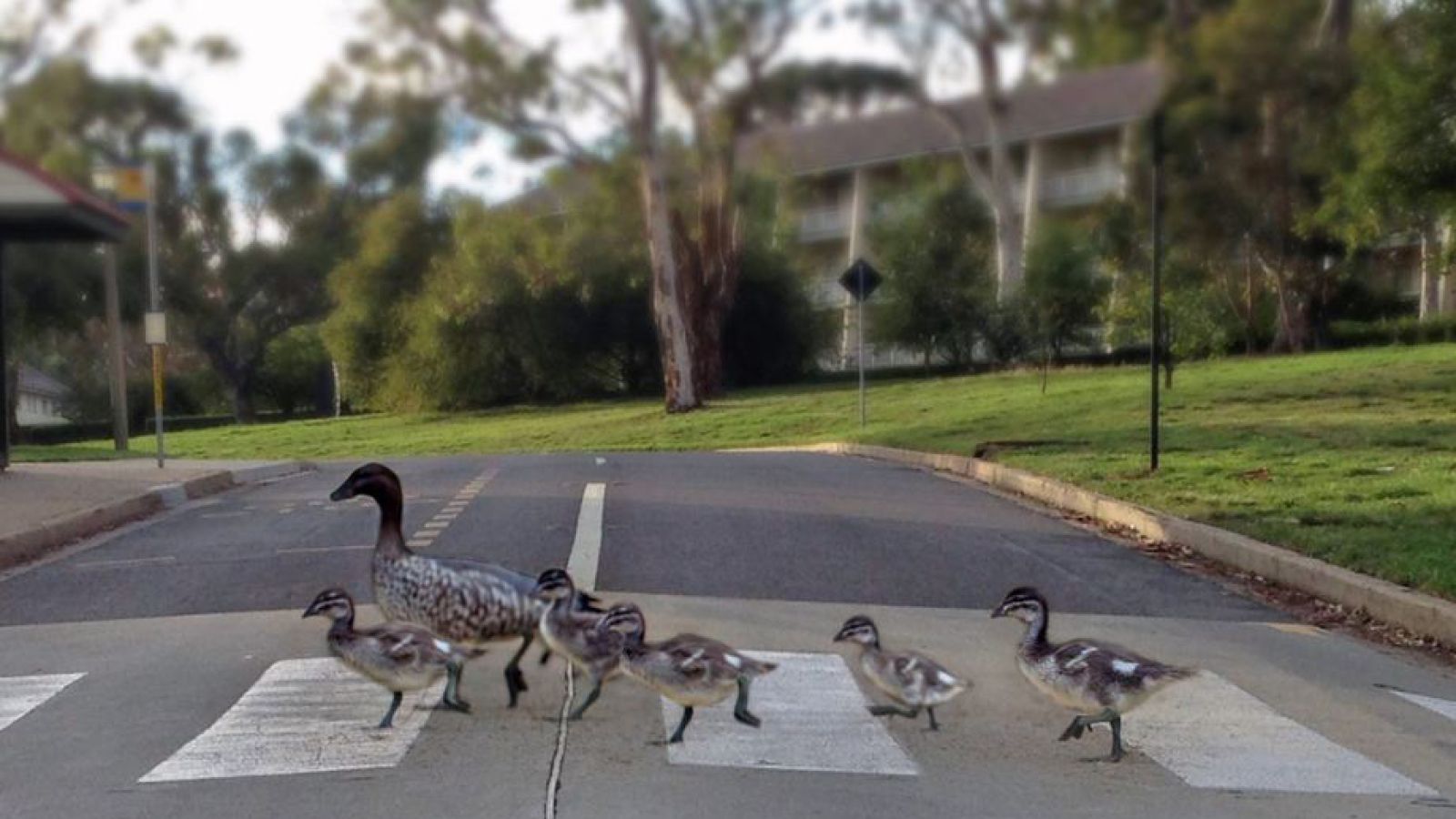The changing face of mining communities

Primary industries in Australia have shaped our social structure, from the days of agricultural dominance, right through to the present when a new sort of mobile community has been established. 
It is a community which flies in, and flies out, on a regular basis.
Ross Barker, an independent researcher, will be analysing survey data from Fly in Fly out (FIFO) communities in Queensland.
The 2012 figures, says Barker, for the major coal producing regions of the Bowen and Surat Basins in Queensland, show that more than 31,000 workers regularly commute to these areas as FIFO workers.
This is more than double the level of 2008.
Though the workers might spend up to 50 per cent of their time at the work location, they are not included at that location in the census.
“This is a problem because the official population measure used for all funding allocations by government is based on resident population,” says Barker.
“The Queensland Government planning agency recognised FIFO arrangements were becoming a growing issue of concern with infrastructure and service agencies, local councils and communities.
“It instituted an annual survey of mining companies and accommodation providers to quantify the size and location of FIFO worker practices.”
In response, some mining companies have changed the options they make available to workers.
“Many mining companies are now giving their workers a choice of either living locally or commuting long distances. However the practice of FIFO work arrangements has been increasing in recent years.”
Image caption: Strip Coal Mining (Photo by Stephen Codrington)